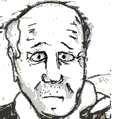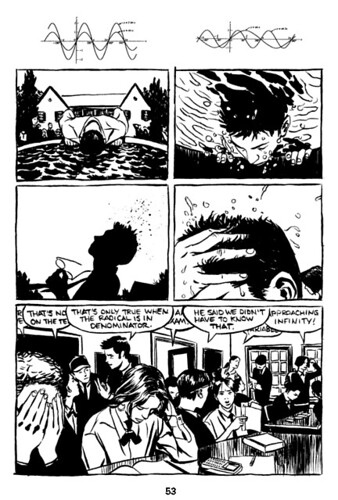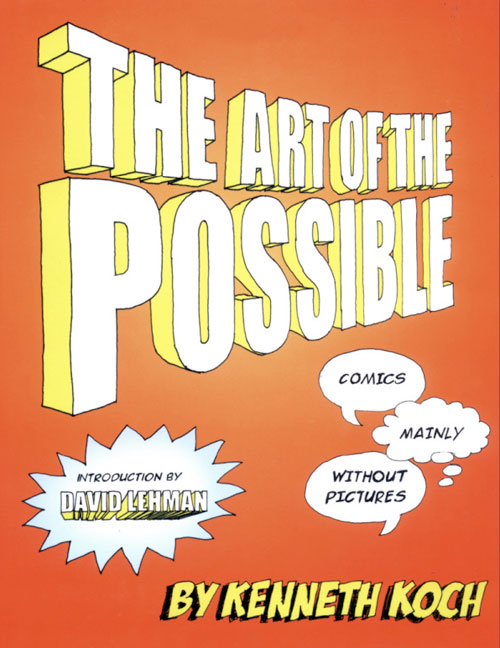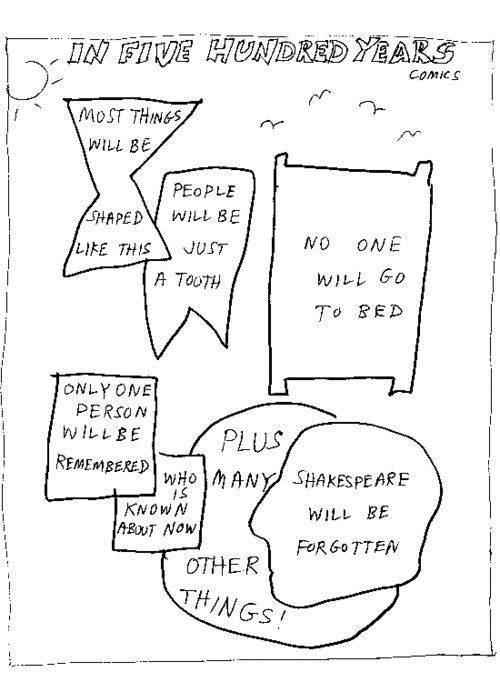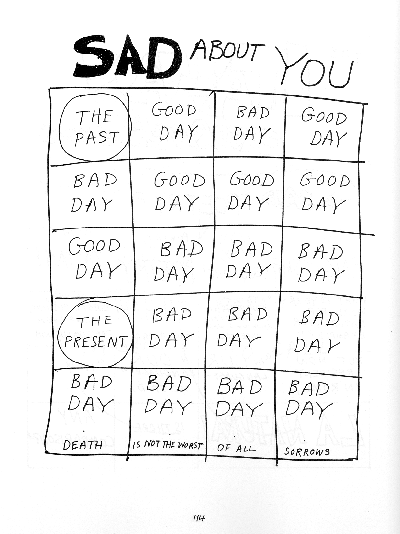From an interview with Stuart Dybek in the November Writer’s Chronicle:
1. On place: “A writer’s relationship to place is more complex and mysterious than whether he physically lives in the place or not. Each writer is wired differently. Some need to be situated there to be nourished by it. Others need to be away from it in order to reimagine it; such writers carry it around with them wherever they go, like an accent…”
2. On the grotesque: “[Wolfgang Kayser, in THE GROTESQUE IN ART AND LITERATURE] says that tragedy and comedy aren’t inclusive enough and that we need a third category, the grotesque. What are its prominent features? The conjoinment between human beings and animals, for instance, one you find in the Metamorphoses: Kafka’s story as well as in Ovid.”
3. On lyric mode vs. narrative mode: “The narrative mode is linear, chronological–this happened, then this happened–it implies cause and effect. The lyrical, by contrast, is the mode of dreams: associative both in terms of image and sound, so that we can get from one idea to the other via assonance, alliteration, rhyme. Time in the lyric is subjective: you can speed it up, slow-mo it, flash forward. Often in stories what is called the epiphany is actually a switch from the narrative to the lyric mode. Joyce’s “The Dead” offers a classic example of this: the story is in the narrative and dramatic mode for most of its length, but at the very end, closure involves a leap into the lyric complete with images of falling snow and the f-sounds Joyce employs.”
